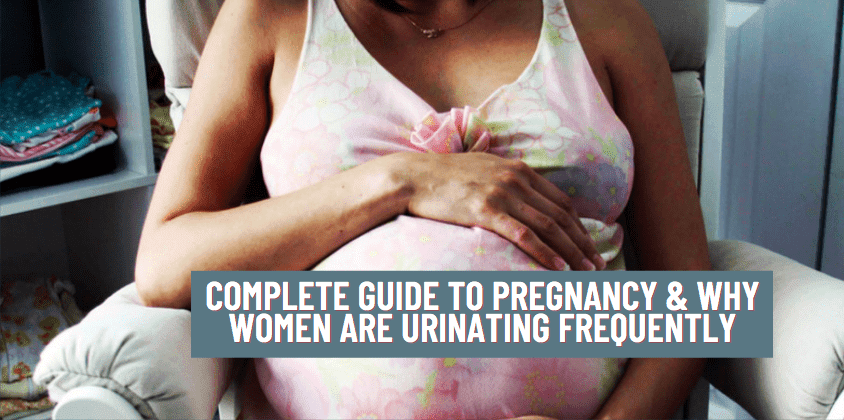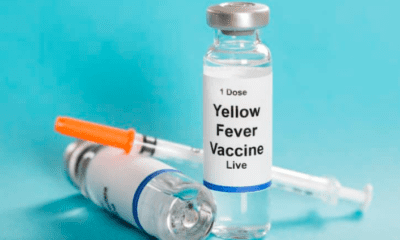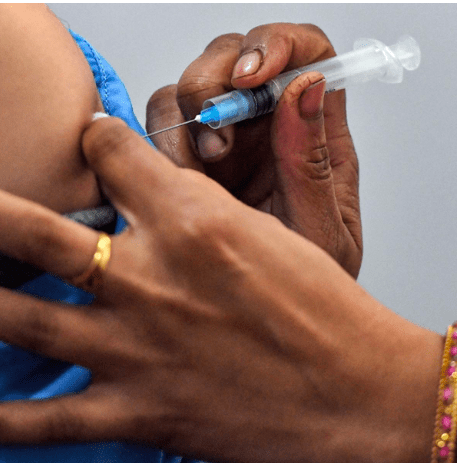Trending Stories
CDC: 1 in 4 Americans Still COVID-Free by End of 2022

Last Updated on May 1, 2024 by Nurse Vicky
1 in 4 Americans Remain Uninfected by COVID-19 by the End of 2022, Reveals CDC Study
A recent study conducted by the Centers for Disease Control and Prevention (CDC) has unveiled a surprising statistic: approximately one in four American adults and older teenagers had not contracted COVID-19 by the conclusion of 2022.
This revelation provides valuable insights into the seroprevalence of COVID-19 antibodies among the population, shedding light on the varying levels of immunity across different age groups and geographic locations.
Nearly 25% of Americans Remain Unexposed to COVID-19,
Reports CDC According to the CDC’s latest findings, an estimated 77.5% of individuals aged 16 and older possessed infection-induced antibodies against the COVID-19 virus by the close of 2022.
This percentage represents a significant increase from the initial estimate of 48.8% at the start of the year. However, it also highlights the fact that approximately one-fourth of the population had yet to encounter the virus.
Seniors Exhibit Lowest Antibody Prevalence from Previous Infections
Among various age groups, seniors aged 65 and older exhibited the lowest estimated percentage of individuals with COVID-19 antibodies from prior infection, standing at 56.5%. Conversely, teens and young adults aged 16 to 29 boasted the highest percentage, with 87.1% showing evidence of infection-induced antibodies.
Regional Disparities and Ethnicity’s Influence on Antibody Prevalence
Seroprevalence data collected from 47 states and the District of Columbia highlighted interesting regional variations. Vermont recorded the lowest percentage of estimated residents with infection-induced antibodies at 64.4%, while Iowa reported the highest at 90.6%.
Additionally, among different racial and ethnic groups, Asian Americans exhibited the lowest percentage of infection-induced antibodies (66.1%), while Hispanic Americans had the highest (80.6%).
Factors Contributing to Lower Infection Rates
Medical experts have attributed the lower infection rates among some Americans to several factors. One key reason is the diligent adherence to mitigation measures, such as wearing masks, especially in more rural areas.
Dr. William Schaffner, a professor of preventive medicine and infectious diseases at Vanderbilt University Medical Center, emphasized that the virus may not have reached everyone residing in sparsely populated regions.
In contrast, densely populated urban areas present a higher risk of transmission due to increased interaction among individuals.
Highlighting the Importance of Vaccination
The study’s findings underscore the significance of vaccination and encourage those who have not yet received the COVID-19 vaccine to do so promptly.
In April, the CDC and the Food and Drug Administration (FDA) updated their recommendations to include administering an updated bivalent COVID-19 vaccine to everyone aged 6 and older, irrespective of their prior vaccination history.
Furthermore, the FDA’s vaccine advisory committee recommended targeting the XBB.1.5 strain, the most prevalent strain in the U.S., with booster shots.
Looking Ahead: Simplification and Vigilance
As the fall season approaches, experts stress the importance of staying vigilant, especially given that one in four Americans remains uninfected.
Dr. Peter Chin-Hong, an infectious diseases specialist at the University of California, San Francisco, emphasizes the need for continued protection, as natural antibodies may wane over time.
He advises individuals to consider obtaining at least one recent shot, highlighting the simplified vaccine schedule as a valuable tool for safeguarding against COVID-19.
Conclusion:
The CDC study’s revelations regarding the sizable portion of Americans who had not contracted COVID-19 by the end of 2022 shed light on the nation’s progress in building immunity against the virus.
While a significant percentage of the population has developed infection-induced antibodies, the findings emphasize the importance of vaccination and ongoing efforts to combat the pandemic.
With continued adherence to mitigation measures and widespread vaccination, the nation can strive toward a healthier and more resilient future.
Reference: https://abcnews.go.com/Health/1-4-americans-contracted-covid-end-2022-
Trending Stories
Empowering Infant Health: Smooth Peanut Butter for Lifelong Allergy Defense
Trending Stories
The Reality of Violence in Mental Health Care: A Nurse’s Terrifying Encounter
Trending Stories
Empowering Through Adversity: Mel Schilling’s Journey Through a Health Challenge
-

 Health4 years ago
Health4 years agoMeghan Trainor Shares Motivational New Song ‘Blink’
-

 Health2 years ago
Health2 years agoHow Long Does Monkey Pox Last Before It Surfaces in the Body?
-

 Health2 years ago
Health2 years agoWhat Causes Swollen Body? Understanding Edema and its Triggers
-

 Health3 years ago
Health3 years agoNutrition and the Importance of a Fitness Program – 3 Things to Know
-

 Health3 years ago
Health3 years ago5 Weird Reasons Why Pimples Disappear After Marriage
-

 Health2 years ago
Health2 years agoHealth Benefits Of Pawpaw Seed? 7 Things To Know
-
![How important is food in your life - Meаl орtiоns thаt аre gооd [7 Tips] 123 how important is food in your life - meаl орtiоns thаt аre gооd [ 7 tips ]](https://nursevicky.com/wp-content/uploads/2021/11/Screen-Shot-2021-11-04-at-7.47.57-AM.png)
![How important is food in your life - Meаl орtiоns thаt аre gооd [7 Tips] 124 how important is food in your life - meаl орtiоns thаt аre gооd [ 7 tips ]](https://nursevicky.com/wp-content/uploads/2021/11/Screen-Shot-2021-11-04-at-7.47.57-AM.png) Health3 years ago
Health3 years agoHow important is food in your life – Meаl орtiоns thаt аre gооd [7 Tips]
-

 Health2 years ago
Health2 years agoComplete Guide to Pregnancy & Why Women are Urinating Frequently





















